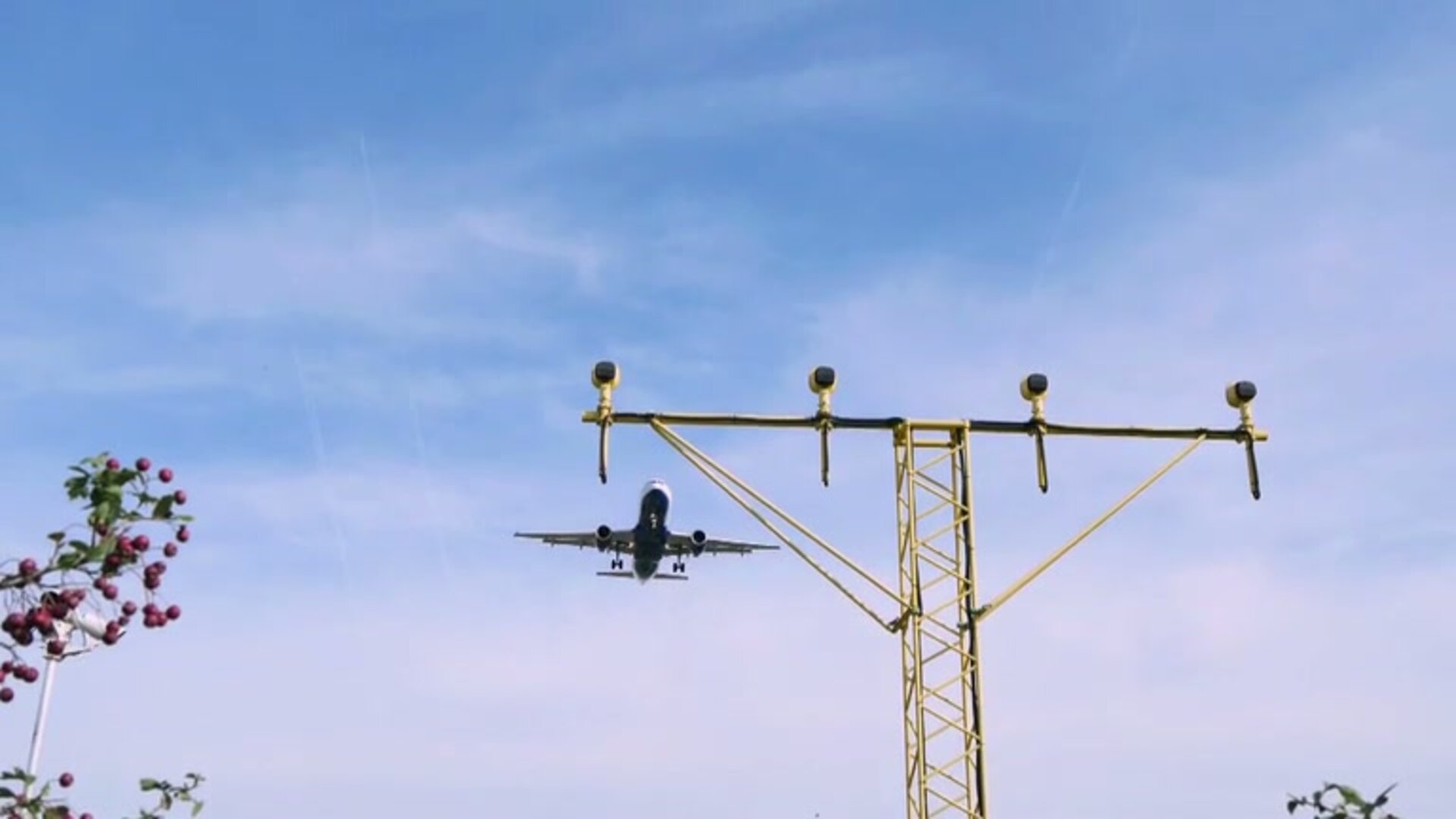EGNOS team receive prestigious award
The multi-agency team behind the ESA-designed EGNOS augmentation system – making it possible for European aircraft to safely rely on satnav signals – has received a prestigious award from France’s national aerospace academy.
As our region’s own satellite-based augmentation system (SBAS), the European Geostationary Navigation Overlay Service (EGNOS) improves the precision of US GPS signals over most European territory, while also providing continuous and reliable updates on their integrity.
Didier Flament, heading ESA’s EGNOS and SBAS Division, joined Mariluz de Mateo of Spain’s ENAIRE air traffic management agency, working on Europe’s Single European Sky Traffic Management Research (SESAR), and Jean-Marc Pieplu, overseeing EGNOS exploitation at the European Global Navigation Satellite System Agency (GSA) in receiving Vermeil Medals from France’s Académie de l’Air et de l’Espace in Toulouse.
The medals were awarded to the trio during the annual Séance Solennelle de l’AAE on 25 November.

“This award recognises the success of the EGNOS programme,” comments Didier. “It has been a long-term effort, which began with a first demonstration step called European Complement to GPS, studied and implemented by CNES, French Civil Aviation and the ONERA national aerospace research centre between 1987 and 1995.
“This was then followed by the European ESA ARTES-9 programme, started 20 years ago this year. So beyond the three nominees, the award goes to the various teams from ESA, CNES, civil aviation agencies and industry which have contributed to its success.“
While Galileo is on the verge of entering initial operational service, EGNOS has already been operational for many years: it began open service in 2009, and became available for ‘safety-of-life’ use including aviation in March 2011.


Access the video
While Galileo is on the verge of entering initial operational service, EGNOS has already been operational for many years: it began open service in 2009, and became available for ‘safety-of-life’ use including aviation in March 2011.
A network of 40 ground monitoring stations performs an independent measurement of GPS signals, so that corrections can be calculated and then passed to users immediately via a trio of geostationary satellites. A several-fold increase in precision is therefore delivered.
The result is that the EGNOS-augmented signals are guaranteed to meet the extremely high performance standards set out by the International Civil Aviation Organisation standard (ICAO SARPS), as all other similar regional SBAS systems.

Compliance to these standards is also ensuring full interoperability of these systems and seamless transition from one region to another for the end user – the pilot of an equipped aircraft.
The signals from space can therefore be relied on routinely for the safety-critical task of vertically guiding aircraft during landing approaches.
Today, more than 170 European airports in 19 countries use EGNOS, projected to increase to 346 in 25 states by 2020, according to Eurocontrol.
Following its initial design and development by ESA, ownership of the EGNOS system was passed to the European Commission in March 2009, and is currently operated on behalf of the EC’s GSA by an operator based in France, the European Satellite Services Provider.
ESA retains a role in procuring EGNOS’s future evolution, in particular the second generation of EGNOS aiming at augmenting all new modernized GPS signals and Galileo signals. ESA’s role includes liaising with other regional SBAS system providers to agree on common next-generational working standards through the international Interoperability Working Group, including making use of Galileo and additional satnav signals.
The most recent meeting of this working group was hosted by the Agency for Aerial Navigation Safety in Africa and Madagascar in Dakar, Senegal, on 29–30 November.






